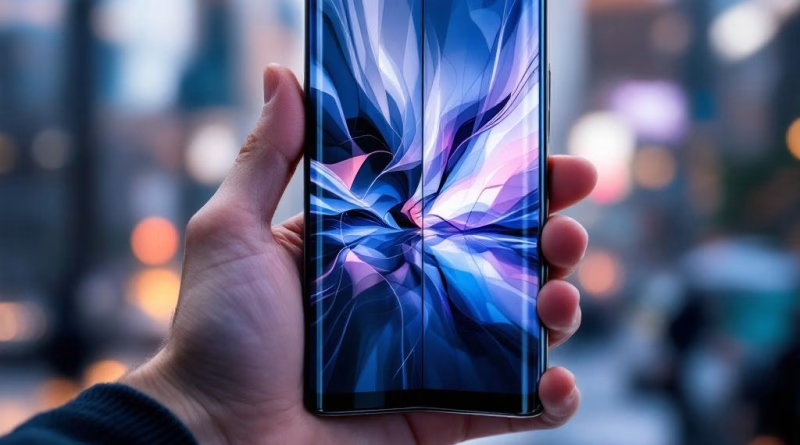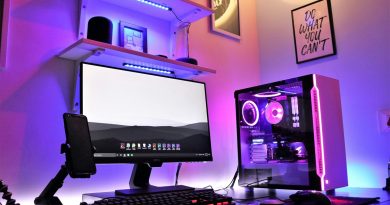Foldable Phones: Are They Finally Ready for a Fold-or-Flop Verdict in 2025?
The promise of a phone that unfolds into a tablet has been tantalizing tech enthusiasts for years. Early foldable devices were ambitious but often plagued by creasing displays, bulky designs, and eye-watering price tags. They felt like a glimpse into the future, albeit a slightly flawed one. But as we move deeper into 2025, the question remains: have foldable phones finally matured enough to earn a “buy” recommendation from the average consumer, or are they still a niche novelty destined for the “flop” pile?
The landscape of foldable phones has evolved significantly. Samsung has iterated through multiple generations of its Galaxy Z Fold and Flip lines, refining the hinge mechanism, improving display durability, and even lowering prices (relatively speaking). Other manufacturers, like Google with its Pixel Fold and Motorola with the Razr+, have thrown their hats into the ring, adding competition and pushing the boundaries of design and software optimization.
The Case for “Fold”: The Unique Advantages
- The Screen Real Estate: This remains the killer app for foldables. The ability to transform a pocketable device into a mini-tablet is a game-changer for multitasking, consuming media, and even some forms of productivity on the go. Reading documents, browsing the web, or watching videos feels significantly more immersive on a larger, unfolded display.
- Enhanced Multitasking: Foldable phones have pioneered innovative multitasking features. Running multiple apps side-by-side, dragging and dropping content between them, and having a more desktop-like experience on a mobile device is a genuine productivity booster for many users.
- The Novelty Factor (Still Present): Let’s be honest, unfolding your phone still feels a bit futuristic and grabs attention. While the initial “wow” factor might fade, the unique form factor continues to be a conversation starter and offers a distinct experience compared to standard slab phones.
The Case for “Flop”: Lingering Concerns
- The Crease: While manufacturers have made significant progress, the crease in the folding display is still visible and sometimes tactile. For some users, this imperfection is a constant annoyance that detracts from the premium experience.
- Durability: Despite improvements, the long-term durability of folding displays and the hinge mechanism remains a concern for many potential buyers. Questions about dust and water resistance, as well as the lifespan of the flexible display, still linger.
- Bulk and Weight: Foldable phones are generally thicker and heavier than traditional smartphones. While the unfolded screen provides benefits, the folded form factor can feel less pocketable and less comfortable to hold for extended periods.
- Price Premium: Foldable phones still command a significantly higher price tag than comparable flagship “slab” phones. This high barrier to entry keeps them out of reach for most mainstream consumers.
The 2025 Verdict: Leaning Towards “Ready,” But With Caveats
In 2025, foldable phones have undeniably taken a major leap forward. The technology is more refined, the designs are more elegant, and the software is better optimized for the unique form factor. For early adopters and power users who prioritize screen real estate and multitasking capabilities, foldables are becoming a compelling option.
However, the “flop” risk hasn’t entirely disappeared. The crease, durability concerns, bulk, and premium price still present significant hurdles for mainstream adoption.
The “ready” verdict comes with caveats:
- If you value a large screen above all else and are willing to pay a premium: Foldables are worth serious consideration.
- If seamless pocketability and ultimate durability are your top priorities: You might want to wait another generation or stick with a traditional smartphone.
Ultimately, 2025 might be the year that foldable phones move from “interesting concept” to “viable alternative” for a growing segment of the market. The innovations are real, and the user experience is increasingly polished. Whether it fully tips into the “ready” category for the masses will depend on continued improvements in durability, further price reductions, and perhaps, a truly killer app that only a foldable can deliver.



